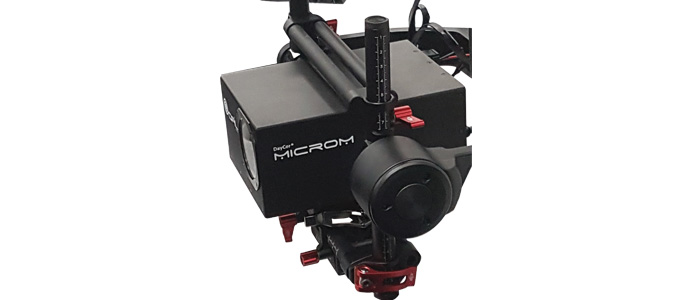- +61 7 3374 2877
- Email Us
Corona discharge in high-voltage electrical power lines is undesirable for many reasons. It indicates a loss of energy and it can produce audible noise, such as buzzing, cracking or humming. Corona discharge can cause unwanted electromagnetic energy that may interfere with nearby electronic components.
It may also generate gases such as ozone and nitric oxide, that when combined with water vapour, can corrode, degrade power line-system components, such as insulators, conductors and cladding. Electrical utilities must therefore perform regular inspections of their transmission assets to identify areas and components with excessive corona discharge and potential damage.
Detect Corona Discarge
Various methods may be employed to detect corona discharge and potential damage on power line equipment, some of which are non-destructive and non-intrusive. These methods include visual inspection at night for the bluish discharge but is difficult to detect from a safe distance, particularly if there is significant ambient light; ultra-sonic microphones to detect hissing, buzzing or cracking sounds, but which cannot pinpoint the actual discharge location; and daytime visual inspection with specialized UV cameras that will pinpoint, show and record the discharges.
While it is not possible for the human eye to see corona discharge during the day, these UV or corona cameras utilise both an ultraviolet (UV) camera and a regular HD camera. The images of both cameras are overlaid to display the UV discharge on the visible image. The operator can get within visual range of power lines, point the camera and see a visual image of the corona discharge. Such systems are fast and effective at detecting corona discharge events, recording and documenting them for analysis and archival retention. However, since such cameras should have a clear line of sight inspectors need to be in visual contact with the equipment is monitored. Therefore, to inspect installations with physical barriers, like those that are hard to get to or are in dangerous locations, it is often desirable to inspect equipment from the air.

UV cameras have been around for several years and like all technology, they started out very large and heavy. Many were mounted on trucks or used from helicopters requiring the hire of
the aircraft with a pilot plus a camera operator. This was a very expensive exercise and flying in close proximity power lines presented its own hazards.
As UV cameras have become smaller and what used to require a tripod can now be hand held like any movie camera and of course the optics have developed to high definition, producing remarkably sharp images from a safe distance. Despite becoming easier to use and producing very high quality images they did not obviate the need for a helicopter to satisfactorily survey transmission lines.
Safety of the Ground
With the arrival of UAV’s (drones) with their increasing payload ability and improvements in precision flying opened up the opportunity to perform UV inspection transmission lines with one operator from the safety of the ground.
Ofil, who have long been pioneers of small high definition UV cameras now introduce the micROM HD camera which is specifically designed for integration onto small unmanned aerial systems (SUASs), or drones. The micROM HD is the first high-definition mini corona camera system with sensors comprising solar blind (to eliminate ambient UV), UV and visible light images. It is capable of simplifying corona detection, helps identify rapidly potential electrical faults, provide real results in real-time and lead engineers directly to the source.